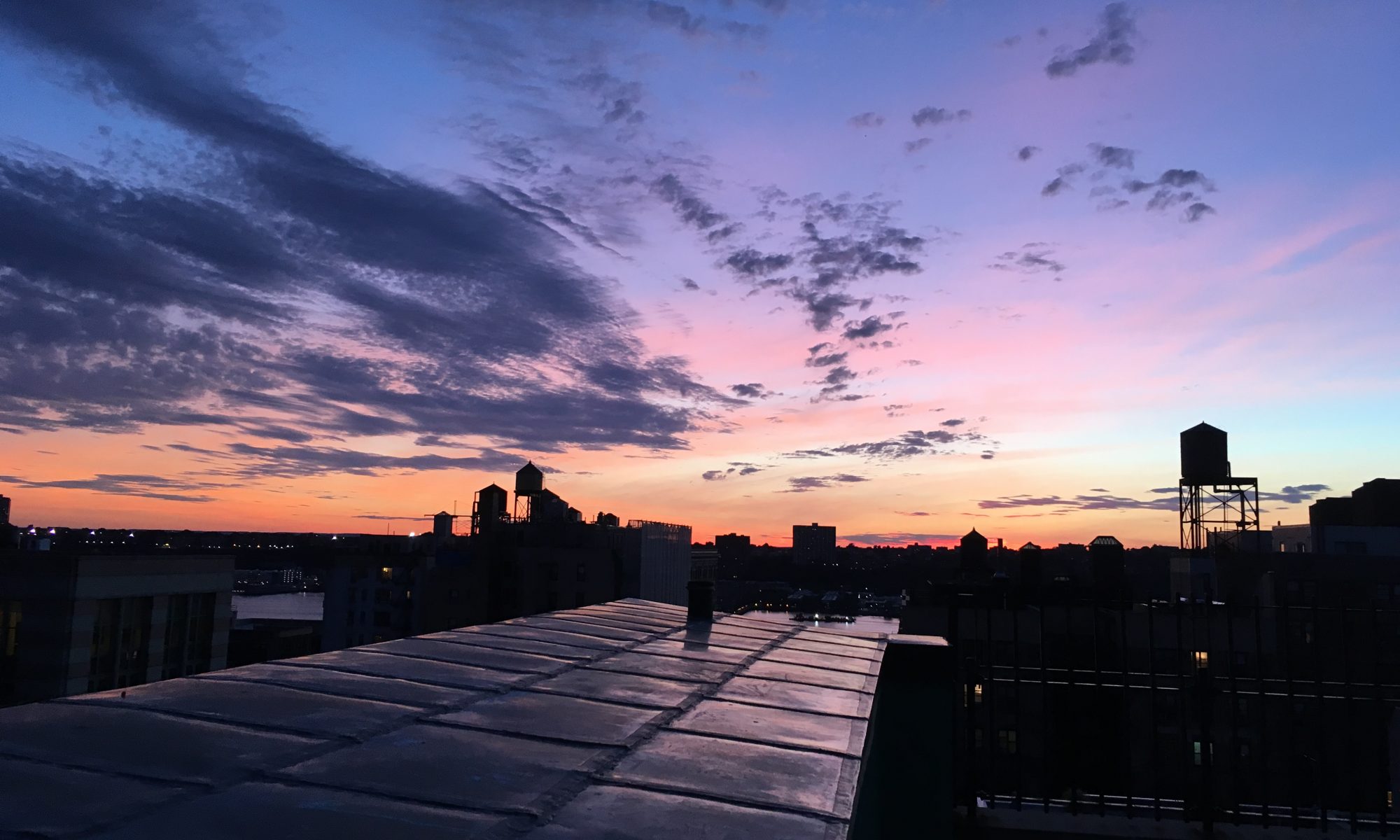| Edification value | |
|---|---|
| Entertainment value | |
| Should you go? | |
| Time spent | 48 minutes |
| Best thing I saw or learned | A plaque (reproduced just below) visualizes how New York’s historic harbor defenses overlapped to protect Lower Manhattan and the Hudson. With the actual harbor spread majestically before you, it’s phenomenally effective. |

I’ve seen three forts (Totten, Schuyler, Clinton) in the course of this project so far, with several more yet to come. Governors Island features a twofer, which (like the others) speak to changing military technology and adaptation to new uses.
All the extant fortifications around New York Harbor and Long Island Sound have two things in common. The military never had to use them to defend the city, and advances in military technology very quickly rendered them obsolete. Not that it was necessarily money down the drain; the mere existence of the chain of forts around the city may well have helped deter attacks from, um, pirates or Canadians? They almost certainly helped ensure New York remained unmolested by the British during the War of 1812. Continue reading “Governors Island National Monument”


 The Museum of Bronx History occupies the 1758 Valentine-Varian House. Ten years younger than the
The Museum of Bronx History occupies the 1758 Valentine-Varian House. Ten years younger than the  David Sharps is an adventurer, circus performer, and raconteur and seems like a very nice man. He’s certainly brave. He and his family have lived in a wooden barge, currently docked in Brooklyn’s Red Hook neighborhood, since the 1980s.
David Sharps is an adventurer, circus performer, and raconteur and seems like a very nice man. He’s certainly brave. He and his family have lived in a wooden barge, currently docked in Brooklyn’s Red Hook neighborhood, since the 1980s. Bullet lodged in his side, Roosevelt proceeded to give his 90-minute speech, extemporaneously, before seeing a doctor. He later said of being shot, “It is a trade risk, which every prominent public man ought to accept as a matter of course.” Brevity may be the soul of wit, but verbosity can block a bullet.
Bullet lodged in his side, Roosevelt proceeded to give his 90-minute speech, extemporaneously, before seeing a doctor. He later said of being shot, “It is a trade risk, which every prominent public man ought to accept as a matter of course.” Brevity may be the soul of wit, but verbosity can block a bullet. The first thing you should know about the Theodore Roosevelt Birthplace is that it’s a fake. Artificial. Teddy Roosevelt was decidedly not born in the master bedroom of that house in 1858, nor did he spend his formative childhood years in that building.
The first thing you should know about the Theodore Roosevelt Birthplace is that it’s a fake. Artificial. Teddy Roosevelt was decidedly not born in the master bedroom of that house in 1858, nor did he spend his formative childhood years in that building.

 From the 1940s until the 1970s, policewomen in New York received these combination makeup and weapon holsters. So practical!
From the 1940s until the 1970s, policewomen in New York received these combination makeup and weapon holsters. So practical! The Police Museum is currently in flux. Formerly housed near City Hall, it’s been homeless since Sandy. For the moment, it’s found space on Governor’s Island, where a scaled-down version tells a few selected stories of Gotham’s police force.
The Police Museum is currently in flux. Formerly housed near City Hall, it’s been homeless since Sandy. For the moment, it’s found space on Governor’s Island, where a scaled-down version tells a few selected stories of Gotham’s police force.
 I feel like I’m on thin ice with this one. There’s a fairly strong argument to be made that cemeteries are not museums. Start with the fact that they are called “cemeteries” and not “museums.” But bear with me here.
I feel like I’m on thin ice with this one. There’s a fairly strong argument to be made that cemeteries are not museums. Start with the fact that they are called “cemeteries” and not “museums.” But bear with me here.
 Both New Yorkers and non-New Yorkers alike tend to think of the Bronx as entirely, unremittingly gray: paved urban overdevelopment at its very worst. In reality, the Bronx features large expanses of green.
Both New Yorkers and non-New Yorkers alike tend to think of the Bronx as entirely, unremittingly gray: paved urban overdevelopment at its very worst. In reality, the Bronx features large expanses of green.



 Fraunces Tavern started out as a private home in 1719, then opened for business as a drinking establishment in the 1760s. It served as the venue for two important events:
Fraunces Tavern started out as a private home in 1719, then opened for business as a drinking establishment in the 1760s. It served as the venue for two important events: